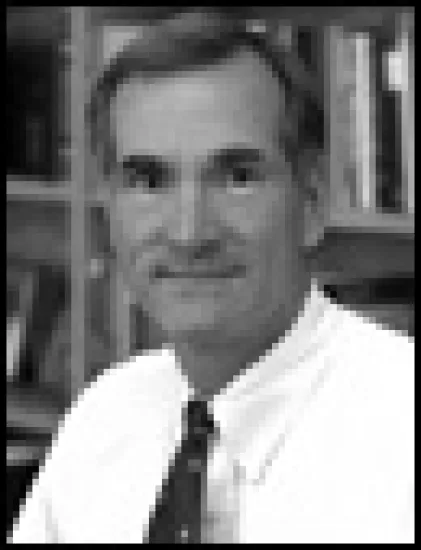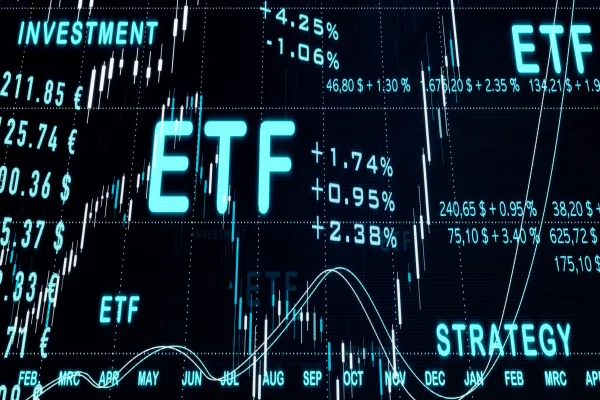| David Swensen |
Despite earning a significantly lower salary than his counterparts at Harvard, Swensen has steered Yale's endowment to return an annual average of 16% for the past 20 years. The fund has contributed $610 million to the university's budget during Swensen's tenure. When he was hired as cio in 1985, the endowment invested 65% of its assets in stocks and 25% in bonds. Its current asset allocation is 25% real assets, 25% absolute return, 17% private equity, 14% domestic equity, 14% foreign equity and 5% bonds. Swensen rebalances the $15.2 billion endowment every day. Changes to the investment strategy should be made gradually and cautiously, he continued. Quoting a friend of his, he added: "Investments should be boring. It should be like watching paint dry."
The bulk of Swensen's speech at the NACUBO conference was devoted to advising smaller endowments, especially those with less than $200 million under management, to employ passive management. Many endowments do not possess sufficient resources and personnel to pursue an actively managed investment program, he said. While the basis of Swensen's second book, Unconventional Success: A Fundamental Approach to Personal Investment, came from his realization that most individual investors do not have the resources to emulate Yale's approach, he realized that few small foundations and endowments do either. "The distinction between institutional investor and individual investor is overrated," he said.
Swensen warned small endowments to be cautious when using active mutual funds, saying that the dollar-weighted returns are rarely worth the fees. Picking successful active managers is difficult for endowments of all sizes, especially in venture capital and absolute return, which "absolutely don't belong in your portfolio unless you can identify active managers that will put you in at least the top quartile or the top 10%," he said. Nonprofits should be indexing bonds, he continued; "I think it is the most efficient market in the world."
Investment expertise is often linked to size. Swensen said that endowments with a minimum of $200-300 million in assets can successfully implement a high-quality actively managed program by building up a solid investment staff at a reasonable cost to the school.






